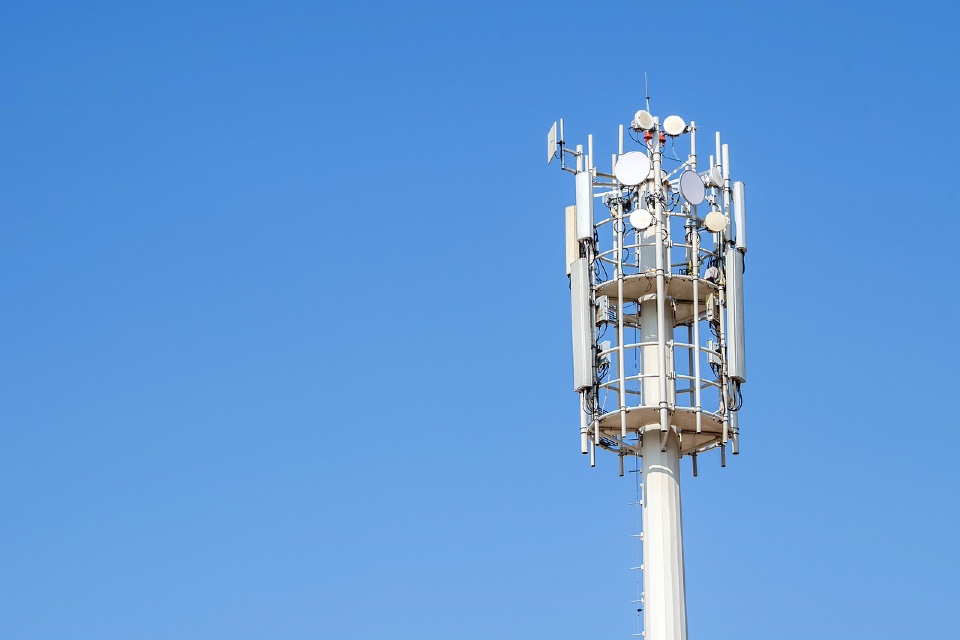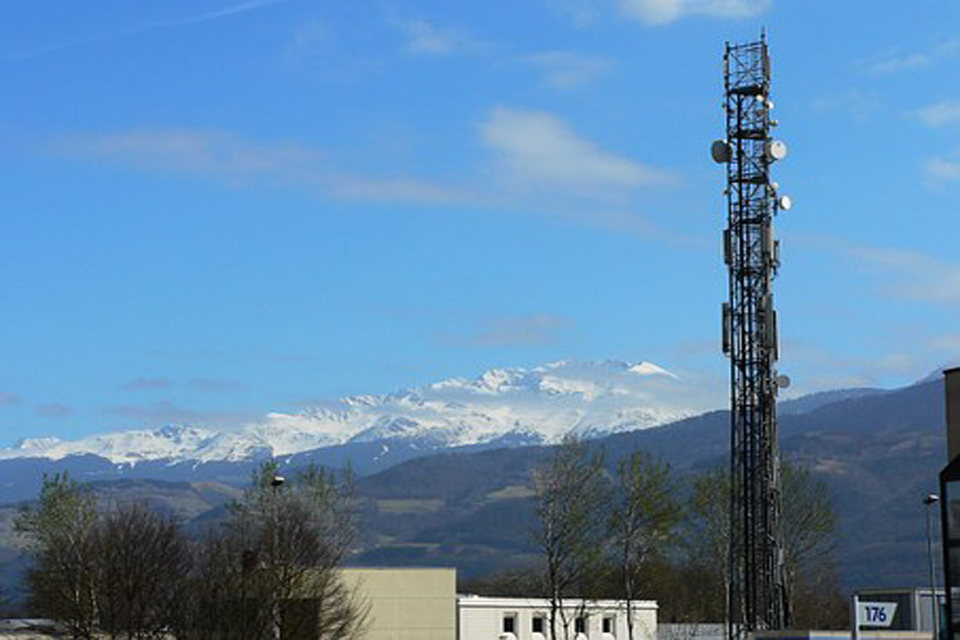Top 5 business telecoms trends for 2020
https://cybersecureforum.co.uk/wp-content/uploads/2020/04/telecoms.jpg 960 640 Guest Post Guest Post https://secure.gravatar.com/avatar/cb2a67f15cd7d053d8e638a1df3fd67f?s=96&d=mm&r=gBy Laura Health, Head of Product Development at TSG
As with several business technologies, the 2010s saw huge advancements in telecommunications. Whilst VoIP (Voice over Internet Protocol) telephony had been around long before this decade, this is when it really took off as a viable, modern and futureproof solution for businesses around the world.
A lot of businesses saw it as an opportunity to realise savings from new internet connections or to move their voice services to new providers; but many didn’t really look at the benefits beyond that.
High-quality internet became far more accessible in the 2010s; leased line internet services became more affordable, with many being able to benefit from 100Mbps and upwards connections; all for the same price of previous 10Mbps services. The internet evolved into an essential tool for any business with the shift towards cloud-based services.
As the decade progressed and many organisations got to grips with flexible working (an option afforded to us by this move to cloud services), consumers benefitted from better internet services. The fibre broadband rollout gained pace, and now an estimated 96% of the UK can access internet speeds in excess of 24Mbps download. It’s an added bonus for avid streamers, from Netflix binges to the festive football fixtures available on Amazon Prime.
What will telephony and telecommunications look like in the 2020s?
Now that we’ve taken a quick whistle-stop tour of the advancements in telephony in the 2010s, let’s look ahead. With the changing way we’re using the internet to consume more services, both personally and professionally, this decade is really exciting.
Hosted telephony is becoming the norm
In a business context, the shift to the cloud continues at an incredible pace. Many businesses, having completed their migration, are now adopting a cloud-first approach, utilising services like Office 365, Dynamics 365 and hosted voice services – all of which need great telecommunications infrastructure.
This is particularly important as businesses are changing how they want to consume their voice services. Typically, organisations are looking to remove the need for physical equipment (in the form of a PBX system – the key aim is to move to a softphone-only environment) and benefit from the advantages a hosted voice platform provides, namely:
- Disaster recovery capabilities – traditionally, this was only afforded to organisations with a lot of money to spend
- Flexibility – giving staff the ability to work from any location whilst still being part of the corporate system
- Preparing for the ISDN switch-off – read more about this further down
- Cost-savings – these can easily be achieved through consolidation; reduced call spend and typically a low capital expenditure when implementing a new system
Kick-started by the ISDN switch-off, thousands of UK businesses are replacing legacy phone systems – some of which are older than this millennium! Additionally, the rate of change in the hosted voice market continued to increase last year with the announcement from Microsoft about full voice services coming to its Teams platform, provided to organisations via Office 365.
Microsoft shakes up the hosted voice market with Microsoft 365 Business Voice
Microsoft 365 Business Voice could revolutionise how we approach voice services here in the UK. If you add to this the perfect storm of the death of ISDN in 2025 and many users already utilising Office 365, the next decade could see Teams providing an entry to hosted voice services to the many at just a small additional cost on top of their existing O365 subscriptions.
One exciting innovation is the exploration of integrating artificial intelligence (AI) into voice services, particularly in the call centre space. This is likely to play a huge part during the next decade, providing efficiencies to call flow and improving customer service. Imagine being presented with all the information required by your device without having to type?
The ISDN switch-off – act now before it’s too late
ISDN voice services will be coming to their inevitable end in 2025, with Openreach making the announcement a few years ago. This will see the way in which we all consume our voice services change. It also means those business clinging on to the ageing traditional systems because “they don’t cost anything to run” will find that they need to upgrade or risk losing their voice services entirely.
Consumers will also be boosted again in the coming decade. Many will still require the copper cable, but this will be more for the provision of the broadband, not voice services. As networks are upgraded, Openreach has now adopted a fibre-first approach. In short, any new buildings or upgrades that it carries out will see superfast fibre FTTP (fibre to the premise) deployed instead of the FTTC (fibre to the cabinet) technology of the last decade. This will provide speeds of up to 1Gbps. Just imagine the streaming on that… 8K anyone?
Providers are upping their game
The introduction of Microsoft 365 Business Voice means providers need to adapt in order to keep up with the times and offer robust services. We’re already seeing this with Gamma’s introduction of its mobile convergence offering (Gamma Connect), giving you phone system functionality on your mobile phone without the need for a softphone. This technology is great for any business who has a very mobile workforce.
5G will give us endless mobile possibilities
The last area to touch on is the introduction of 5G. This is great news not only for consumers, but for businesses invested in mobile voice services. When on the go and not hooked up to WiFi, this means your mobile workforce will still be available and able to use voice services. There are also interesting implications for the IoT (Internet of Things) and AI.
A final word
So, over the next decade we can expect businesses to move to IP telephony in their droves as they jump ship from ISDN before the costs become unmanageable and, in turn, reap a host of additional benefits. The Microsoft Teams telephony solution will give the market a much-needed shake-up and provides an entry-point into hosted voice for small to medium businesses.
TSG is a managed IT support company in London, offering expertise across a range of areas including Office 365, Dynamics 365, document management and business intelligence.
Image by Ahmad Ardity from Pixabay


